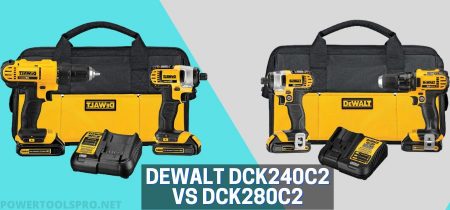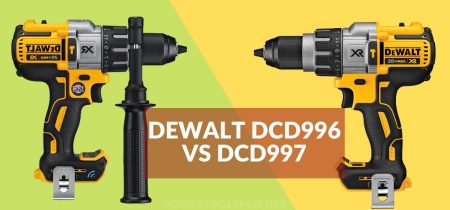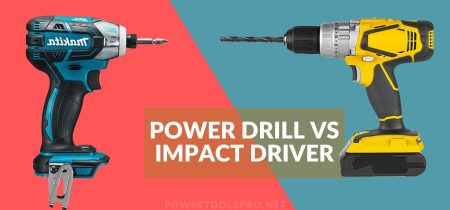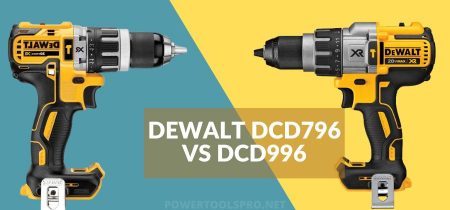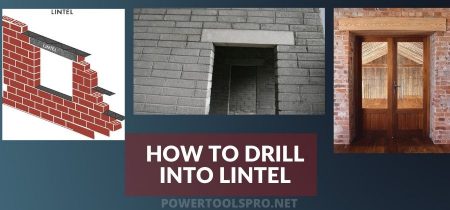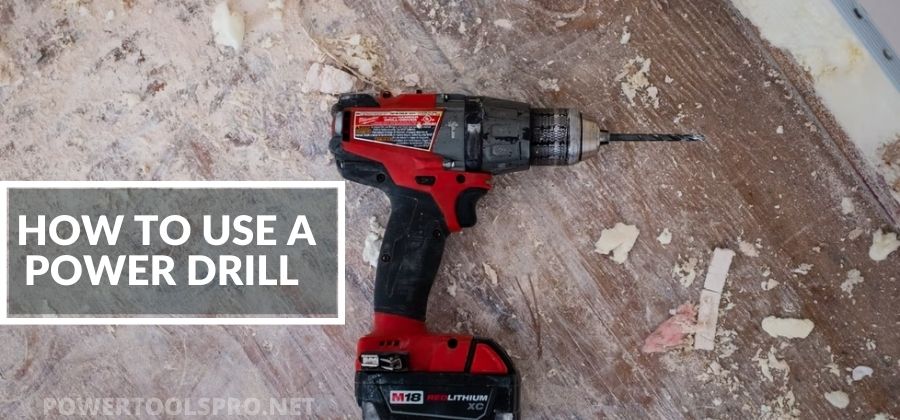
A power drill is a handy tool to have around the house, but it can be intimidating for beginners. What is a power drill and how does it work? How to use a power drill? What are the different types of drills? How do you choose the right one for your needs?
In this comprehensive guide, not only I will answer all of these questions, but also give you Safety precautions to take while using a Power Drill.
Funny how we take power tools for granted when our ancestors had to do with manual tools that not only required brute strength and multiple people but were also dangerous.
An electric drill is a useful tool that has been around since 1889 when it was invented by Australians Arthur James Arnot and William Blanch Brain.
The power Tools industry has come a long way since then and now become a 33 billion dollar industry.
What is A Power Drill and How Does it Work?
A power drill is a tool that uses an electric motor to rotate a drill bit, hole saw, or other attachment to create holes in wood, metal, plastic, or masonry.
How does it Work?
The drill’s mechanism is actually quite simple. An electric drill has a chuck that holds the drill bit in place and an electric motor that turns the drill bit.
The motor is activated by a trigger switch. When you squeeze the trigger, the gears inside the drill start to turn the chuck and rotate the drill bit. This is how simply you can create a hole in any material.
Note: One thing to remember is that the size of the drill bit will determine the size of the hole. So, if you want a big hole, use a large drill bit. If you want a small hole, use a small drill bit.
Types of Drills
They come in two main types:
- Corded
- Cordless
Corded vs Cordless Drill – Which one is better?
Corded drills are powered by an electric cord that plugs into a wall outlet. Cordless drills are powered by batteries, which means they’re much more portable.
To answer the question of which is better, corded or cordless? it really depends on your needs. You are the right person to decide what type of drill you need.
If you’re going to be working in one spot, then a corded drill is probably the best choice. If you need to move around or if you’ll be working in hard-to-reach places, then a cordless drill is probably the best choice.

Corded:
Corded drills offer the power and durability contractors require. They’re made to be dependable, running as long they have access to electricity or a battery pack. These versatile tools can do anything from driving screws into wood panels all day long without needing recharging.
Contractors know that power is what they need most, so it’s no wonder contractors will always choose a corded drill. They also want to have one which can work at any time without needing an outlet or else being limited by how far away from the source of electricity you are working on site.
REASONS TO BUY
✓Powerful
✓Long-life
✓Constant Power
✓Dependable
✓Keyed Chuck
✓Keyed chuck holds drill bits more securely than keyless chucks.
REASONS TO AVOID
✗Bulkier
Cordless:
The battery-operated cordless drills have become increasingly popular, as they are more versatile and easier to manoeuvre.
A cordless drill will give you the freedom to move around and work in tight spaces. If you are a homeowner who only needs to do some light drilling, then a cordless drill is probably all you need.
Note: If you leave the drill without power for too long, the battery may die.
REASONS TO BUY
✓Portable
✓Lightweight
✓Easy to Use
REASONS TO AVOID
✗Not as Powerful as a Corded Drill
✗Batteries Need Recharging or Replacing
How to Use a Power Drill-Step By Step Process
Here is a step-by-step guide on how to use a power drill for both beginners and professionals:
- Pick the right drill bit for the job. Make sure the drill bit is compatible with the material you’re drilling into.
- Attach the drill bit to the chuck. Hand-tighten the chuck until it’s snug.
- Insert the drill bit into the material.
- Drill at a slow speed to avoid breaking the drill bit or damaging the material.
- Apply pressure to the drill as needed.
- Remove the drill bit from the chuck when you’re finished.
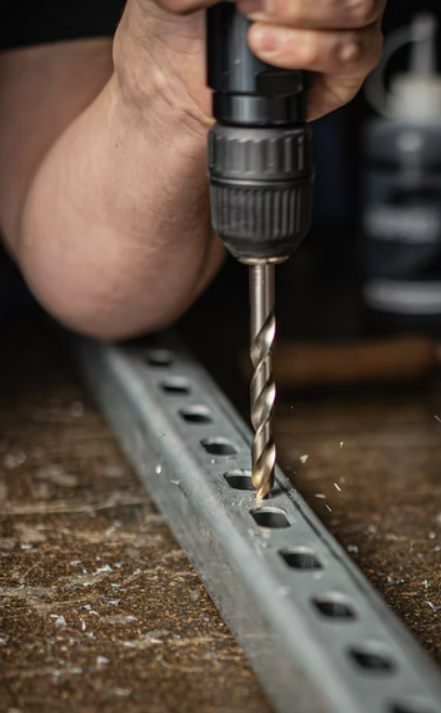
Note: Always remember to wear safety goggles when using a power drill.
What Type of Bits should I use with the Power drill?
Bits are the rotating cutting tools that do the work of drilling holes. The type of bit you need will depend on the material you’re drilling into and the size of the hole you want to create.
- For wood: Use a twist bit, spade bit, or hole saw.
- For metal: Use a twist bit, carbide-tipped bit, or hole saw.
- For concrete: Use a masonry bit.
- For plastic: Use a spade bit or hole saw.
Remember: Bits wear out over time, so it’s important to inspect them regularly and replace them when needed.
Safety Precautions to Take while Using a Power Drill
Power drill accidents can and do happen, even to experienced users. On average, there are about 24,000 power drill-related accidents in the United States each year. It is important to take some basic safety precautions when using a power drill:
- Wear safety goggles to protect your eyes from flying debris.
- Wear ear protection to avoid damaging your hearing.
- Use gloves to protect your hands from the heat generated by the drill.
- Keep the drill bit sharp to avoid overworking the drill and damaging the material.
- Do not use the power drill while you are tired or distracted.
- Take a break if you start to feel fatigued.
- Keep the power drill clean and well-maintained.
- Check the power cord and drill bit regularly for damage.
- Replace damaged parts immediately.
By following these simple steps, you can safely and effectively use a power drill.
Bottom Line:
Wrapping up, we discussed how to use a power drill safely. We also went over the different types of bits and what each one is used for. And finally, we touched on some basic safety measures that should be taken while using a power drill.
Do you have any questions or tips on how to use a power drill? Let us know in the comments below!
Happy Drilling!
